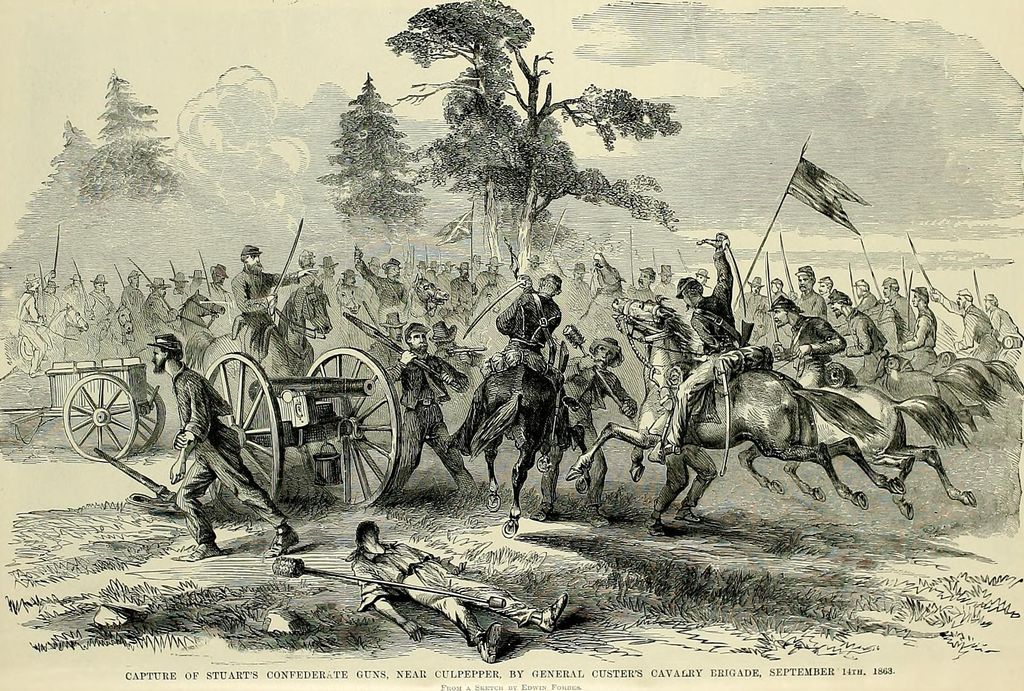How did the Holocaust come about?
This timeline looks at the chain of events, from the rise of the Nazi party in the 1930s and Hitler becoming Chancellor of Germany, to the “Final Solution”, the extermination of the Jewish people.
You’ll learn how other key events, such as the Nuremberg Laws and Kristallnacht, fit into the state-sponsored, systematic persecution and murder of the Jewish people by the Nazi regime and its collaborators.
The regime was a dictatorship which believed in the racial superiority of the pseudo-scientific Aryan race and wished to exterminate, alongside the Jewish people, those they deemed “inferior”, such as the Roma and Slavic peoples, those with disabilities, homosexuals and Jehovah’s witnesses.
This timeline is a useful reminder how we can learn from the past to not repeat in the present.
👇Scroll down to find out more.
✅ Why this matters today
Learning about the past can provide keys to understanding the present.
- The Jewish and Armenian genocides left an indelible mark on the 20th century and one we should not forget. What are various ways we can continue learning from the atrocities and honor the memory of the victims?
- Antisemitism is unfortunately still prevalent in the real world and online. What will you do next time you are faced with something antisemitic?
- The bureaucratic and legal speak of the Nuremberg Laws created an illusion of legitimacy. They eventually normalized discrimination and institutionalized antisemitism. Are there parallels to be made in the way we treat some groups of people today?
- Do you know of any authoritarian regimes today that adopt language of hate and prejudice?
- Are there any ongoing genocides?
📖 The Timeline Format
There are many benefits to using timelines in a learning environment. For social studies and history study in particular, timelines are fantastic to chart events across different eras, providing a linear progression that aids understanding and the retention of information.
Timelines are more than just dates stacked up in a sequential order, they can (or should!) include context, facts, parallels with modern day events, a certain depth of knowledge that enables true understanding.
✍️ Create your own timeline
Head on over to Sutori and create a free account. Start from a blank slate, or use one of our templates.
With Sutori, you can:
🖼️ Easily add videos, images and audios
🔗 Embed any file or web link
📊 Add interactive quizzes and polls for engagement
💬 Develop peer review skills with comments
📽 Bring the timeline to life with “Presentation” mode
↪️ Share the link, export to PDF or embed it into your website
All that is required is an internet connection! Sutori works on all common web browsers (Chrome, Firefox, Safari, Edge). There is a paying and - generous - free version of the tool 😊




